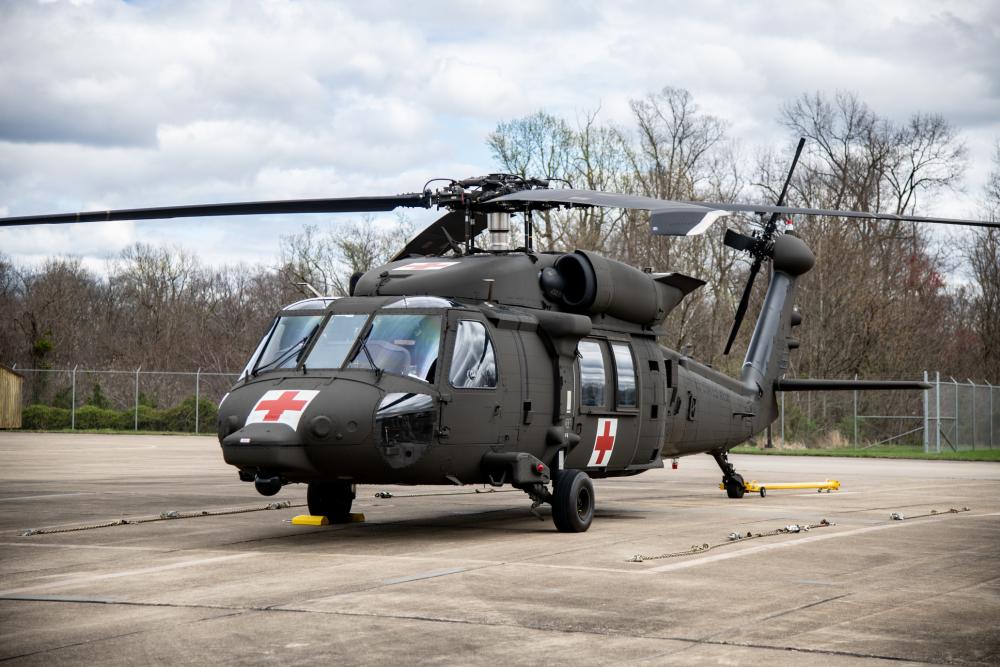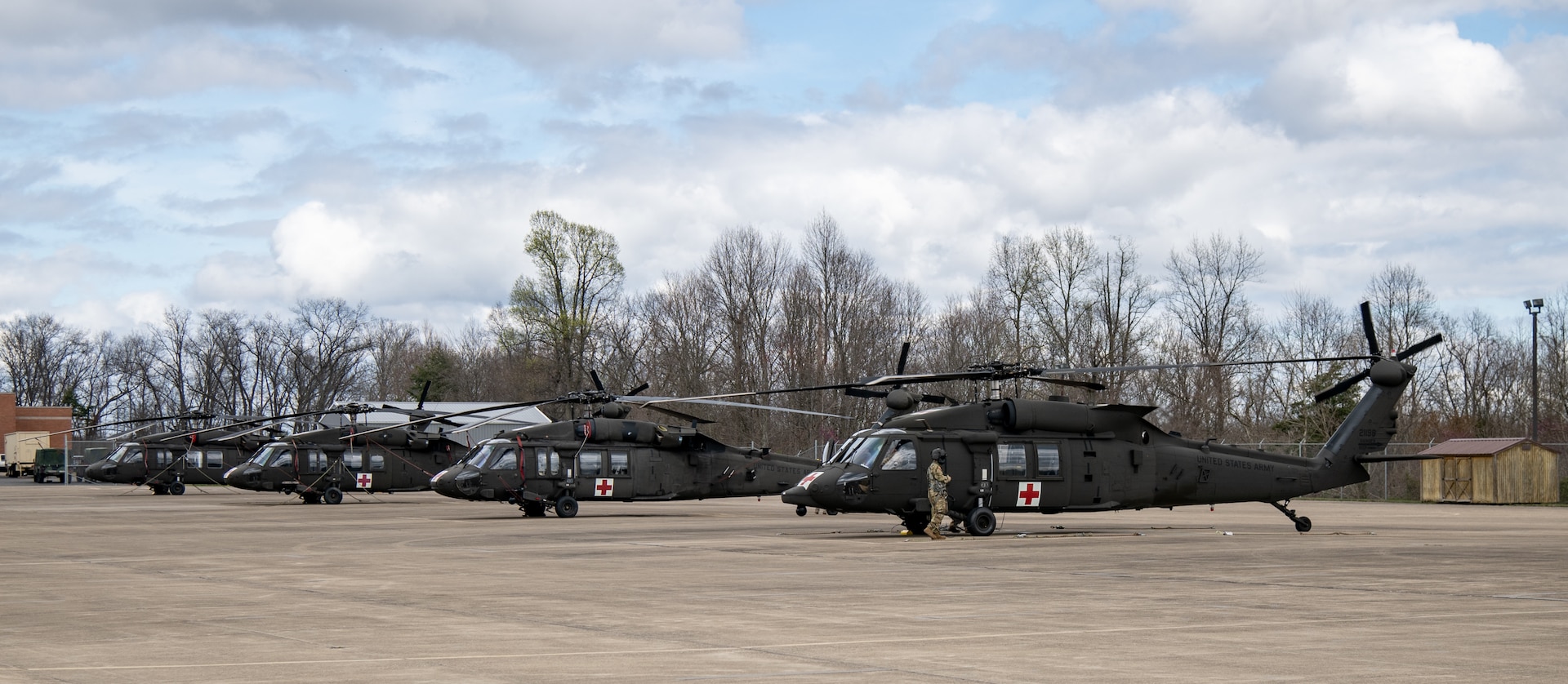UH 60 Technical Specifications and Performance Testimonial
UH 60 Technical Specifications and Performance Testimonial
Blog Article
Exploring the Cutting-edge Modern Technology Behind Airplane Design and Design
The field of airplane style and engineering is witnessing a transformative change driven by ingenious technologies that enhance performance, sustainability, and performance. As the market grapples with the challenges of ecological responsibility, advancements in lasting aviation modern technologies guarantee to improve the future.
Advanced Materials in Aircraft Layout
Just how can the integration of sophisticated materials change airplane design? The unification of advanced materials, such as carbon fiber compounds, titanium alloys, and advanced ceramics, plays a vital role in boosting aircraft performance and performance. These products provide remarkable strength-to-weight ratios, allowing suppliers to decrease overall airplane weight without endangering architectural honesty. This reduction in weight directly adds to enhanced gas effectiveness and enhanced payload capacity.
In addition, advanced materials exhibit enhanced resistance to corrosion and fatigue, resulting in reduced maintenance costs and prolonged life span. As an example, making use of titanium in important parts aids stand up to severe temperature levels and stresses, while carbon fiber composites offer adaptability in layout and production procedures. This flexibility permits more aerodynamic shapes, adding to premium performance attributes.
Additionally, the assimilation of smart materials, which can change residential properties in response to exterior stimuli, opens up brand-new opportunities for flexible systems in airplane layout. uh 60. These advancements guarantee not only to improve safety and functional effectiveness yet likewise to add to sustainability efforts by lessening environmental influence with minimized exhausts. In summary, progressed materials are redefining the landscape of airplane design, leading the way for more efficient, resilient, and ecologically friendly aeronautics remedies
Wind Resistant Innovations for Efficiency
Aerodynamic developments play a pivotal role in boosting airplane performance, considerably influencing fuel usage and overall efficiency. Advances in airfoil style, such as the intro of supercritical wings, permit enhanced lift-to-drag proportions, decreasing drag at transonic rates. These advancements enable airplane to keep higher speeds with lower fuel expense, straight impacting functional expenses and environmental sustainability.
In addition, the integration of winglets has shown effective in mitigating vortex-induced drag at the suggestions of wings, even more boosting gas performance - uh 60. This style alteration leads to a reduction in wake disturbance, adding to boosted aerodynamic efficiency during cruise problems

Furthermore, computational fluid characteristics (CFD) devices have actually changed the screening and improvement of wind resistant forms, permitting precise simulations of air flow around aircraft (uh 60). This makes it possible for engineers to introduce constantly, ensuring that modern-day airplane not only satisfy regulatory requirements yet likewise press the borders of efficiency in aeronautics

Function of Computer System Simulations
Computer simulations have become a vital device in the field of airplane design, allowing designers to conduct in-depth analyses and optimizations of numerous layout aspects. These simulations enable the online screening of aerodynamic homes, architectural integrity, and performance metrics long before physical models are developed. By utilizing computational fluid dynamics (CFD) and finite aspect analysis (FEA), engineers can forecast how air streams around the aircraft and how various materials will certainly reply to tension and pressure.
Furthermore, computer system simulations help with the expedition of a large range of scenarios and variables, accelerating the layout process and reducing prices associated with physical screening. This capacity not just click here now enhances the accuracy of predictions relating to aircraft habits however also uses understandings into prospective layout improvements that could not be promptly apparent through typical techniques.

In addition, simulations aid ensure compliance with strict safety regulations by allowing engineers to recognize and correct possible issues early in the design stage. The combination of simulation modern technologies right into the airplane style procedure emphasizes the substantial advancements in design methods, eventually adding to the advancement of much safer, a lot more reliable, and eco-friendly airplane.
Artificial Knowledge in Engineering
Man-made knowledge (AI) is changing the engineering landscape, specifically in airplane style, by maximizing and boosting decision-making procedures style process. Through artificial intelligence algorithms, AI can analyze substantial datasets, uncovering patterns and understandings that educate design choices and enhance total effectiveness.
AI applications in aircraft design consist of generative layout, where formulas produce several layout options based upon specified criteria, enabling engineers to examine a more comprehensive array of opportunities. This not only speeds up the layout phase yet additionally ensures that the final products satisfy strict performance and safety standards.
In addition, AI-driven predictive analytics promote upkeep scheduling by assessing historical information and predicting prospective failings. This positive method lowers downtime and improves aircraft integrity.
Furthermore, AI aids in simulation and modeling, allowing designers to evaluate layouts under numerous conditions without the need for physical models. This capacity reduces development timelines and decreases costs related to conventional testing methods.
Lasting Aeronautics Technologies
The response lies in the fostering of sustainable aviation innovations that focus on performance and reduce carbon exhausts. Advancements such as sustainable air travel gas (SAFs), which are derived from sustainable resources, have actually arised as a critical part in achieving reduced lifecycle emissions.
Furthermore, improvements in aircraft design, such as the development of lighter materials and more aerodynamically efficient forms, add to enhanced gas efficiency. Electric and hybrid propulsion systems are likewise obtaining traction, supplying a pathway to reduce dependence on nonrenewable fuel sources and reduce greenhouse gas discharges.
The integration of these modern technologies is supported by regulative structures and market collaborations aimed at establishing ambitious sustainability targets. Furthermore, digital devices like information analytics and artificial knowledge can maximize trip operations, even more improving fuel effectiveness. By embracing lasting techniques and modern technologies, the aviation market can not only fulfill the growing need for air travel however additionally play an essential duty in dealing with environment change, ensuring click this link a much more lasting future for air transportation.
Final Thought
The convergence of sophisticated materials, wind resistant developments, and sophisticated innovations notes a considerable advancement in airplane layout and engineering. The combination of carbon fiber compounds, titanium alloys, and AI-driven procedures not only boosts performance and effectiveness yet additionally improves process and predictive maintenance.

Computer system simulations have actually ended up being a vital tool in the field of airplane style, enabling engineers to conduct thorough analyses and optimizations of different design aspects.The merging of sophisticated materials, aerodynamic innovations, and sophisticated modern technologies marks a substantial advancement in airplane design and design.
Report this page